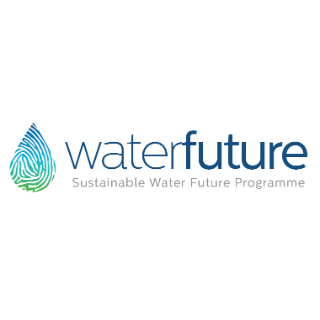The Sustainable Water Future Programme (Water Future) is building on a decade of coordinated international research from the Global Water System Project (GWSP).
Background Information
The GWSP was a joint project of the Earth System Science Partnership (ESSP), scientifically sponsored by the International Council for Science (ICSU) and its four Global Environmental Change (GEC) programmes:
- International Human Dimensions of Global Environmental Change Programme (IHDP)
- DIVERSITAS
- International Geosphere-Biosphere Programme (IGBP)
- World Climate Research Programme (WCRP).
Since 2004, GWSP spearheaded a broad research agenda and initiated new ways of thinking about water as a complex global system, emphasizing the links between natural and human components.
GWSP led the way to provide well-researched, integrative solutions, involving the biological and physical sciences together with economists and social sciences, to reduce the vulnerability of the Earth system and to give guidance to societies through assessments and future projections of the state of the global water system.
Research carried out by GWSP and its partners has uncovered several important results that inform a better global understanding of freshwater today.
Water Future has evolved from GWSP, based on the recommendations outlined in the Bonn Water Declaration, with a clear objective of promoting the adoption of science-based evidence into the formulation, implementation and monitoring of goals for sustainable development.








